 Six Things I Learned While Writing Surveillance
Six Things I Learned While Writing Surveillance
Like a lot of writers, I tend to think about my life not so much in years but in books. Whatever book I happen to be writing at the time casts its shadow over everything else that I happen to be doing. The things that I’m learning writing the book tend to seep into my personal life, and my personal life certainly seeps into the books. Here are six things that I learned while writing my new thriller Surveillance:
1. Spy vs. Spy. In researching the NSA for Surveillance, I learned that a state-of-the-art laser microphone can reproduce a conversation from the vibrations of sound waves against the glass of a window. Of course, for every surveillance tactic there’s a countermeasure. The NSA employs dual-pane windows in its offices and pipes music in between the panes to block the sound waves from conversations.
2. No Quantum of Solace. In my books, I’m always trying to look over the horizon to the next scary privacy and cybersecurity issue that might provide fodder for a thriller plot. In Surveillance, I speculated that quantum computing, which seems like something out of science fiction, could become a reality. Unlike traditional computing that is based on ones and zeros, quantum computing uses “qbits,” which can be both a one and a zero – at the same time. A quantum computer could theoretically perform calculations at such blinding speeds that it could break any form of encryption. In Surveillance, I suppose what might happen if the NSA developed a quantum computer and what that might mean for its surveillance of U.S. citizens.
So far I’ve managed to stay ahead of the headlines with the subjects my books. However, it’s often a close call — earlier this year, a few months before the release of Surveillance, Google announced that it had tested the first quantum computer.
3. It’s Not Paranoia If… For those of us who write paranoid thrillers, reality has set the bar way, way high. Based on data reported by the Congressional Research Service, it is estimated that the NSA’s massive database may hold at least 48 petabytes of data, the equivalent of one billion four-door filing cabinets of documents, or 24 trillion pages of text. By way of perspective, 200 petabytes is the equivalent of all printed material on earth. Yeah, I know.
I was also surprised to learn that the NSA’s recent activities are part of a rich tradition of domestic surveillance by our government. The NSA’s earliest predecessor was an organization known as the Lovecraftian-sounding Black Chamber, which convinced Western Union and the rest of the cable companies to permit access to telegrams during World War I.
4. Relationship on Pause. Surveillance is my third Chris Bruen book and it feels strange to be writing my next book without Chris and his girlfriend Zoey Doucet, who runs their firm’s computer forensic lab. I’ve spent more than four years living with those characters, and I’ve enjoyed tracing the arc of their relationship and careers. I don’t think I’m done with Chris and Zoey, but the book I’m writing now is a stand-alone thriller that doesn’t include them. Writing the new book is a different experience for me because I’ve grown accustomed to writing lead characters that I like spending time with. My next protagonist is a deeply flawed person, and perhaps an evil one. It’s a challenge getting the reader to follow and sympathize with that sort of character. We’ll see how it turns out.
 5. Juggling POVs. When I wrote my first book, The Insider, I stuck to a single point-of-view, following young attorney Will Connelly through his many ordeals from a close-third-person vantage point. I was figuring out how to write my first novel and I didn’t want to set myself technical challenges that I couldn’t pull off.
5. Juggling POVs. When I wrote my first book, The Insider, I stuck to a single point-of-view, following young attorney Will Connelly through his many ordeals from a close-third-person vantage point. I was figuring out how to write my first novel and I didn’t want to set myself technical challenges that I couldn’t pull off.
In my second book, The Adversary, I ventured away from that ever so slightly, writing a few chapters from the perspectives of an FBI agent and Zoey. For the third book, Intrusion I had a full-fledged second point-of-view, writing about a third of the book from inside the head of a deeply twisted Chinese assassin. In Surveillance things get quite a bit more complicated, with three separate POVs and storylines from the perspectives of Chris, Zoey and conflicted NSA analyst Sam Reston. I wanted to show our modern surveillance state from three different vantage points: someone on the run (Chris), someone trying to hide out off-the-grid (Zoey), and someone in the belly of the beast (NSA analyst Reston). I think there’s a point at which complexity in a thriller can undercut the suspense, so sometime soon I’ll probably be returning to the straight-ahead sort of thriller that sticks to a single character’s POV.
6. The Post-Snowden World. If The Insider was my pre-Snowden book, then Surveillance is decidedly post-Snowden. The new book considers how the NSA might respond to the new restrictions on bulk data collection imposed by the USA Freedom Act. As Bruen puts it, “Anyone who expects the NSA to back off of domestic surveillance in the wake of the Snowden leaks does not know the NSA.”
In my day job as a privacy attorney, I’m seeing just how far-reaching Snowden’s impact has been. While it hasn’t made a lot of headlines in the general press, concerns over NSA data collection after Snowden have led the European Commission to invalidate a safe harbor arrangement that allowed personal information to be transferred from the European Union to the US. Essentially, the European Union is so distrustful of NSA surveillance that, until a new international privacy arrangement is agreed to, the data of EU citizens cannot even be transferred to the US.
Welcome to my paranoid little corner of the world.
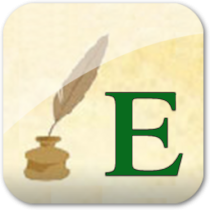




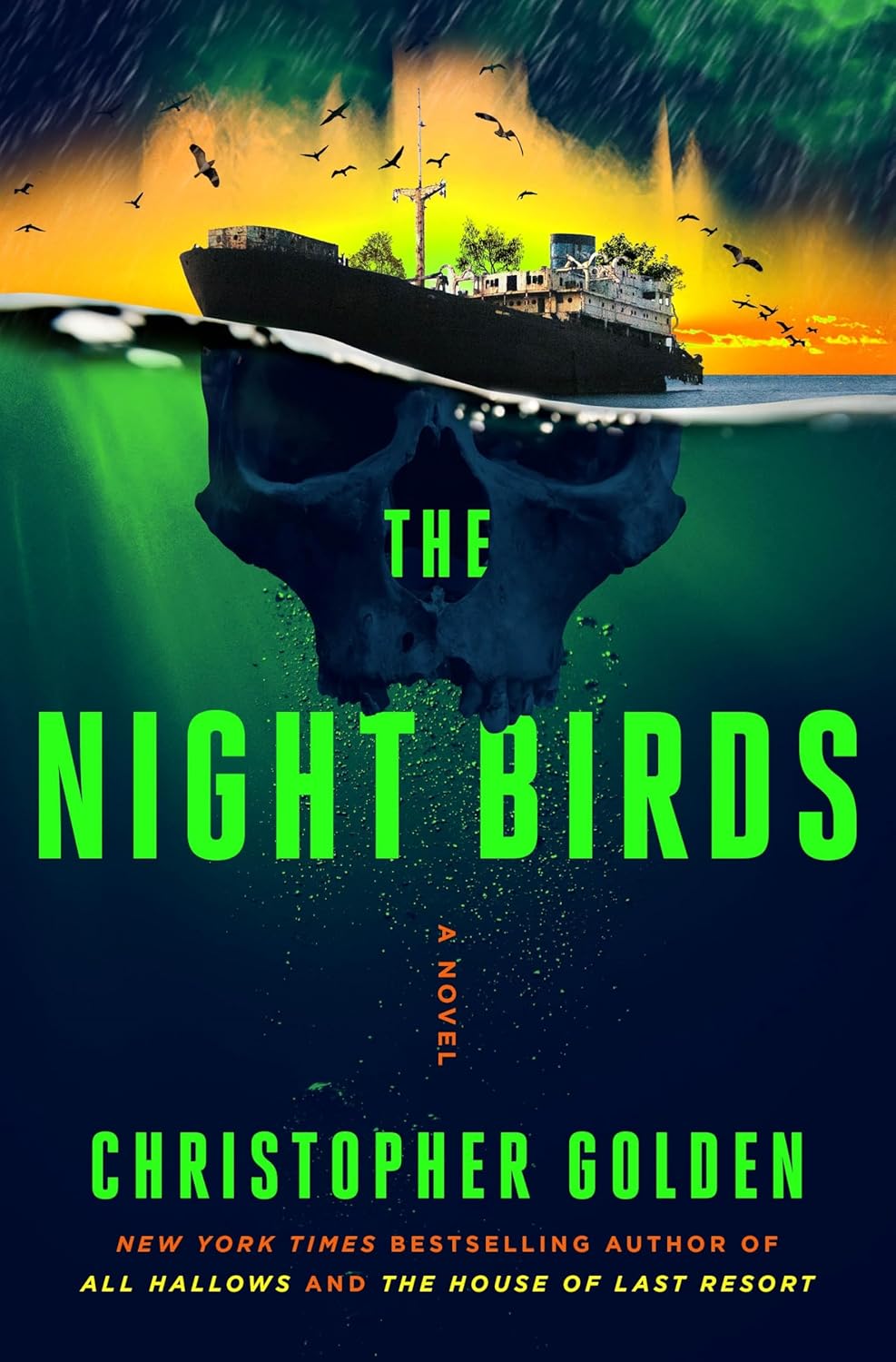
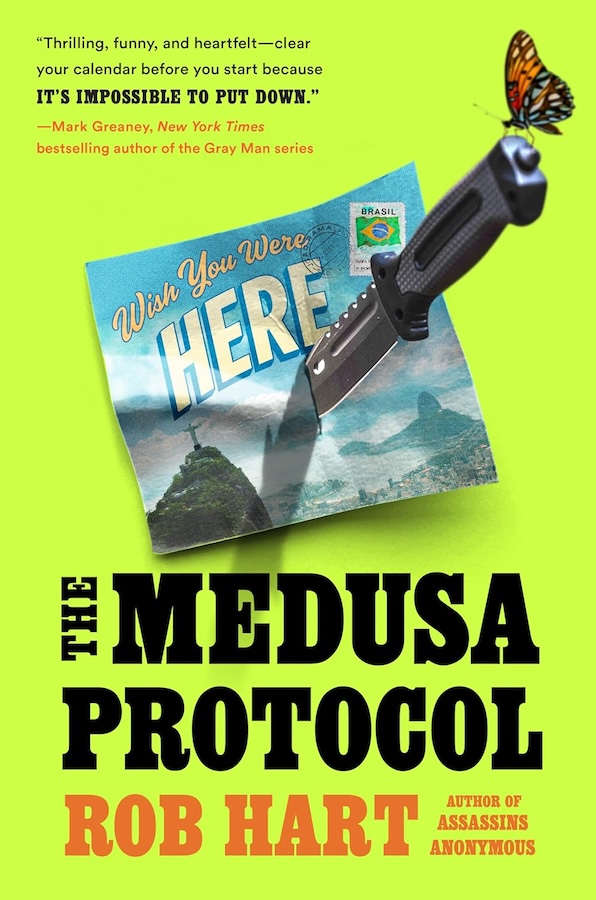
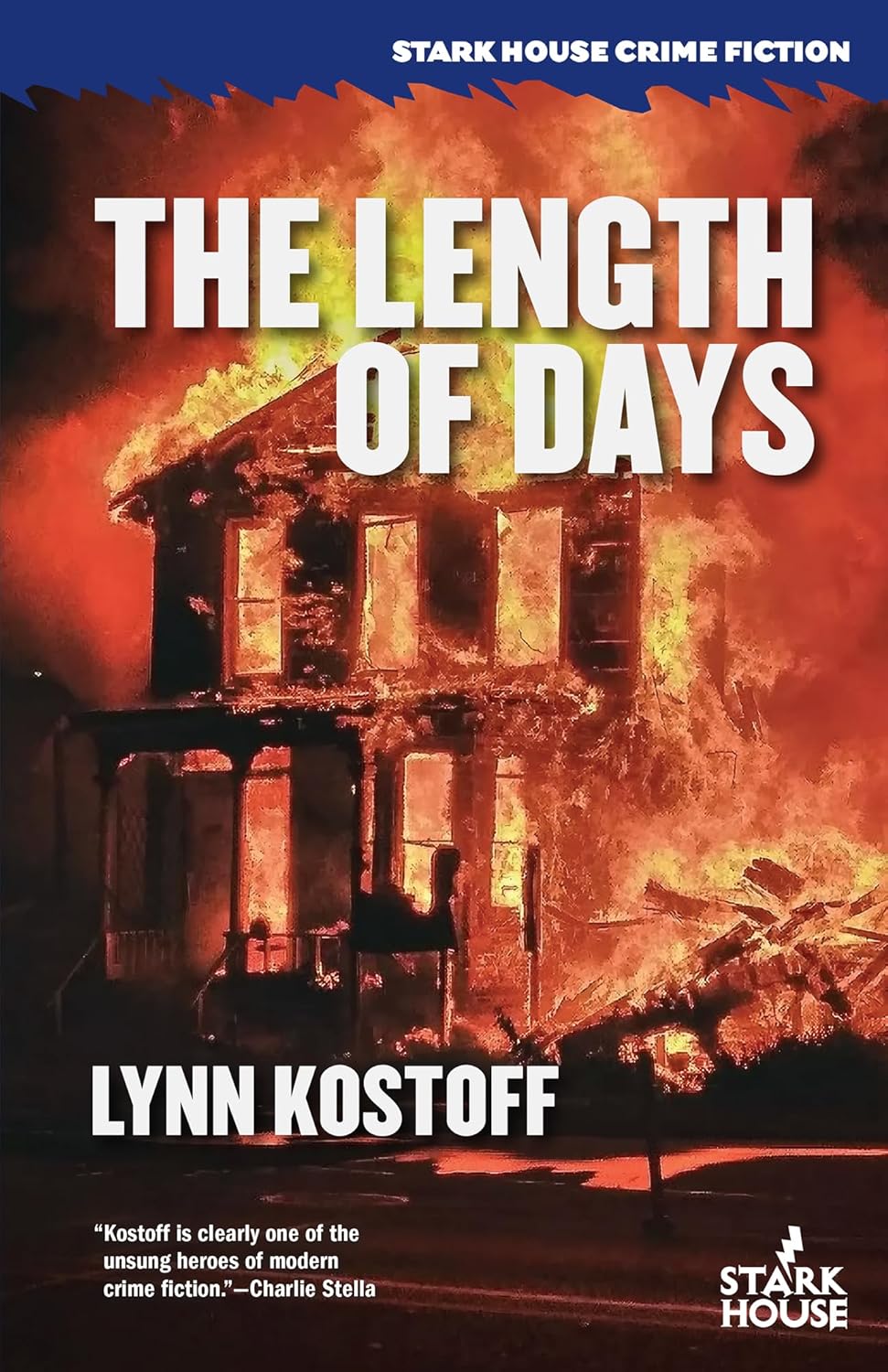
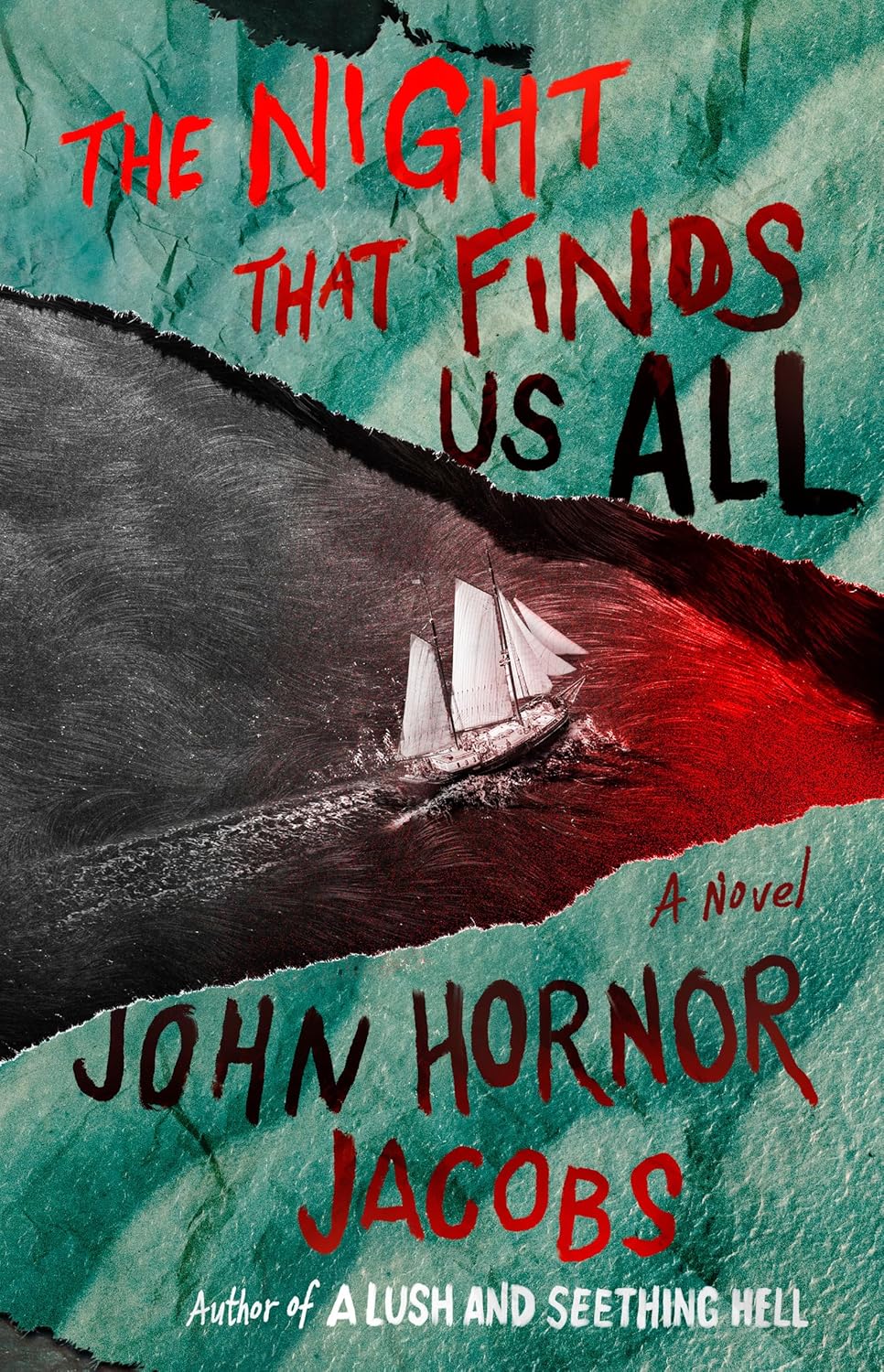
(ReBlog) Six Things I Learned While Writing Surveillance by Reece Hirsch | Instant Human, Just Add Coffee
March 15, 2016 - 11:54 AM